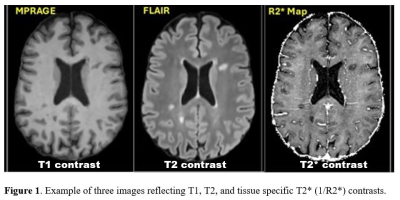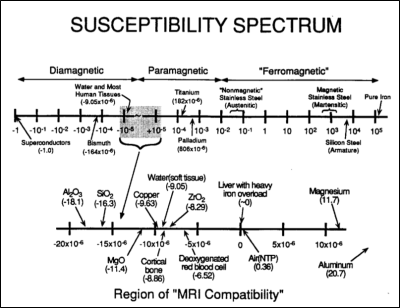Weekend Course
Contrast Mechanism: Modelling from the Ground Up
ISMRM & ISMRT Annual Meeting & Exhibition • 10-15 May 2025 • Honolulu, Hawai'i

| Part I | ||
| 13:00 |
 |
Physics of Relaxation
Dmitriy Yablonskiy
Impact: MRI signal relaxation properties (T1, T2, T2*)
play a pivotal role in revealing tissue characteristics.
This presentation explores the key mechanisms underlying
water proton interactions with cellular macromolecules and
their contribution to MRI contrast in healthy and diseased
tissues.
|
| 13:25 |
Physics of Diffusion
Rafael Henriques
Impact: This talk introduces key diffusion physics
concepts, including random walks, diffusion propagator,
Gaussian and non-Gaussian diffusion, and time-dependent
effects, providing a foundation for understanding
biophysical models and advanced diffusion MRI techniques.
|
|
| 13:50 |
Physics of MT/Exchange
Andreea Hertanu
Impact: This lecture introduces magnetization transfer
principles, starting with the binary spin-bath model and the
Bloch-McConnell framework. It covers key factors like proton
lineshapes, on-resonance effects and advanced strategies for
modeling MT signals.
|
|
| 14:15 |
 |
Physics of Susceptibility
Emma Biondetti
Impact:
|
| 14:40 |
Break & Meet the Teachers |
|
| Part II | ||
| 15:10 |
Microstructural Models & Analysis of Diffusion
Marco Pizzolato
Impact: Diffusion MRI modeling varies in assumptions and
approximations but provides key insights into tissue
properties. This talk explores increasing complexity in
microstructure modeling, covering key advancements,
theoretical insights, and future challenges in the field.
|
|
| 15:35 |
Biophysical Models & Analysis of Relaxation & Susceptibility
Anders Sandgaard
Impact: Estimating tissue magnetic susceptibility with
MRI requires biophysical modeling of the microstructure and
magnetic properties. This lecture covers biophysical
susceptibility models using MRI signal phase and transverse
relaxation, which offer insight into tissue chemical
composition
|
|
| 16:00 |
Unifying Microstructural Models (Diffusion, Relaxation &
Exchange)
Dmitry Novikov
|
|
| 16:25 |
From the Top Down: Inferring Parameters from Complex Models
Eleftherios Garyfallidis
|
|
The International Society for Magnetic Resonance in Medicine is accredited by the Accreditation Council for Continuing Medical Education to provide continuing medical education for physicians.